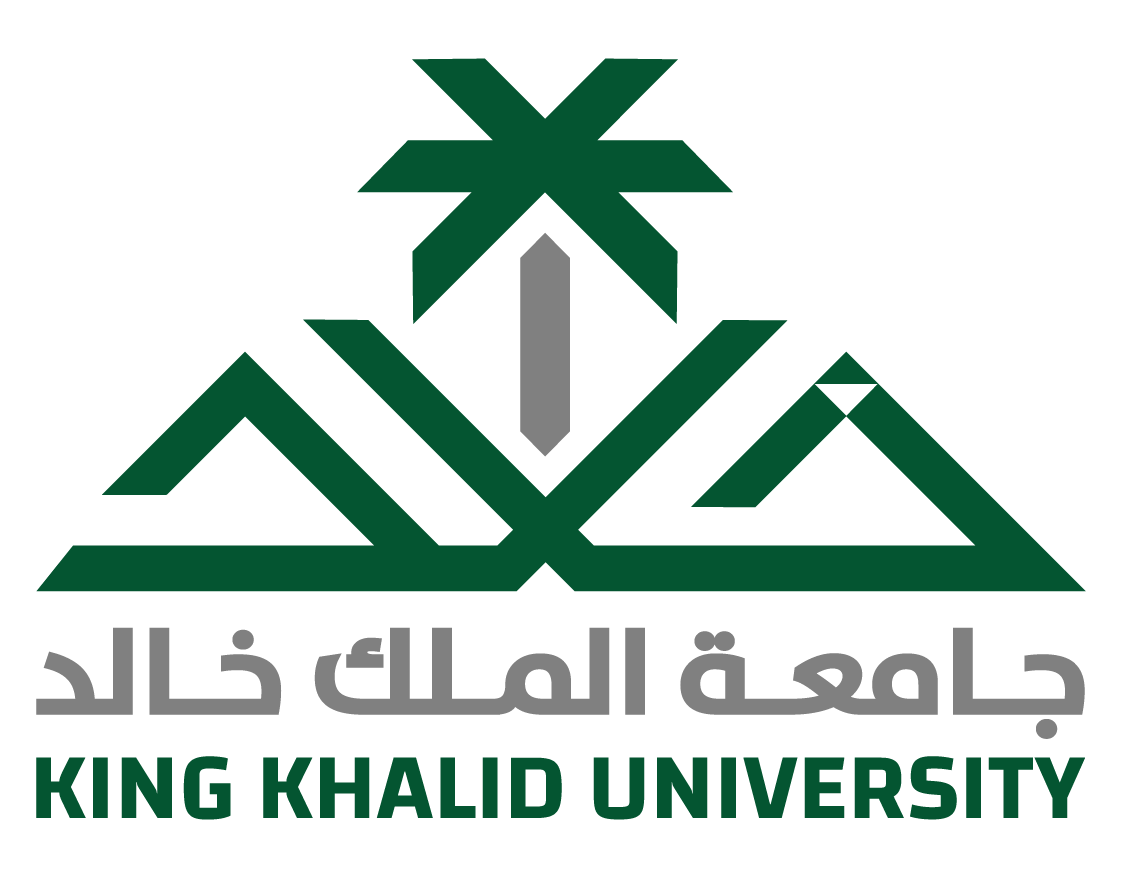الملخص
As it is well-known, drugs circulate in the blood and bind to plasma proteins, immediately after administrated. Such binding is a reversible and saturable process. The influences of Cl- and oleic acid as typical endogenous substances may affect the free drug concentration in blood which in turn a determinant factor in the assessment of drug's pharmacokinetic, pharmacodynamic and side impacts. Albumin is the most abundant serum protein that possesses a unique capability to bind a great number of various drugs and small endogenous ligands. Several methods have been proposed to assess the drug-albumin binding affinities based on diverse analytical techniques which can be classified as separative and non-separative methods. Separative methods (e.g. dialysis or membrane filtration) depend mainly on the separation of free or bound drug concentrations. However,j these separation procedures are troublesome and may disturb the equilibrium states of sample solutions. On the other hand, non-separative methods deal with the changes in a physicochemical property of either drug or albumin upon binding. The most used non-separative approaches are spectroscopic with few exceptions (e.g. calorimetric techniques). Spectrophotometric methods are among the oldest, simplest and cost-competitive spectroscopic methods. Despite it's the overall simplicity and greater availability of spectrophotometric method , its practical application in drug-albumin binding studies is limited because of light scattering and the residual background signal effects caused by albumin. To circumvent these drawbacks the advantages of second derivative spectrophotometry have withdrawn my attention to study the influences of Cl- and oleic acid, as typical examples of endogenous ligands, on the binding of chlorothiazide and benzothiazide with serum albumin compared to that of each individual..

